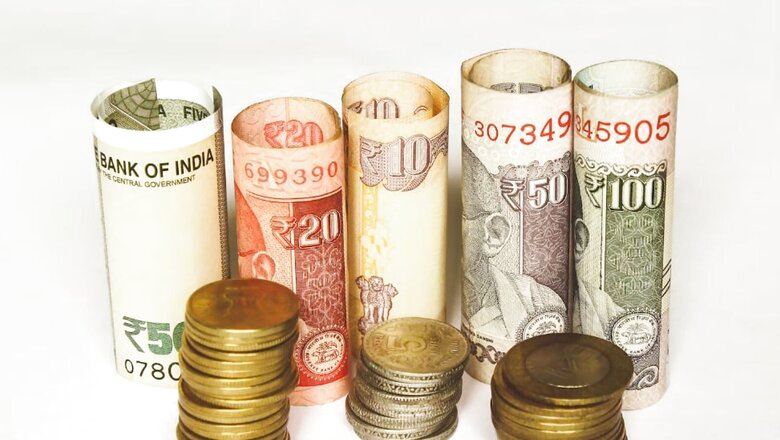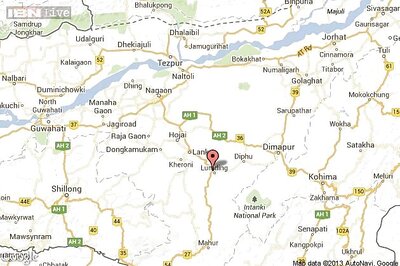
views
Digital modes of payment have gained significant popularity in the past few years in India. But despite that currency notes remain in circulation and are still widely used to carry out day-to-day transactions. We all have been using notes of different denominations and it is likely to be curious about how those notes are made. Most of us believe that Indian currency notes are made of paper, but it is not really true.
Currently, Rs 10, Rs 20, Rs 50, Rs 100, Rs 200, Rs 500, and Rs 2,000 notes are in circulation. Due to wear and tear, these often become soiled or get torn, which prompts us to think that paper is used to make them. However, according to the Reserve Bank of India (RBI), not paper but 100% cotton is used to print Indian bank notes.
Cotton makes the notes more durable and less prone to damage from daily use as compared to those made using paper. Cotton also makes the notes light in weight and allows the manufacturer to incorporate different security features.
There are various security marks in an Indian currency note, which helps in distinguishing between genuine and counterfeit currency. These include a silver-coloured, machine-readable security thread, Reserve Bank seal, RBI’s Governor’s signature, see-through register, watermark and electrotype watermark, micro letterings, and latent image.
The notes are printed using colour-shifting ink due to which the colour of the numerals appears green when you hold the note flat and appear blue when the note is tilted at an angle.
Other countries such as the United States of America also use cotton for their currency notes. According to the Bureau of Engraving and Printing, US bank notes are made of 25% linen and 75% cotton. The paper is specifically manufactured by Crane Currency in Dalton, Massachusetts for the bureau and it is illegal for anyone else to access or make the paper.
Read all the Latest Business News here



















Comments
0 comment